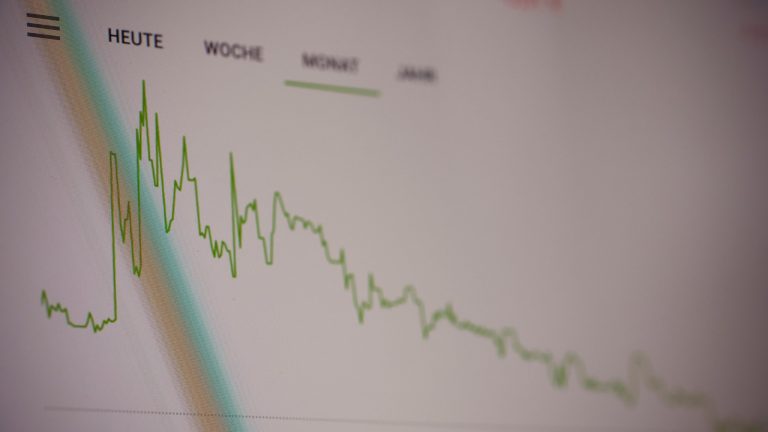ETFs allow for a simple and relatively low-cost way to get diversified exposure to any given sector. Sector ETFs enable investors to quickly get long (or short) exposure to different industries or segments of the economy, which can be especially useful in an efficient market where it is difficult and costly to get unique investment ideas.
With their flexible and transparent exposures, sector ETFs can work well as core holdings within a portfolio: They provide ample liquidity and give investors broad diversification with little effort.
There are several benefits associated with trading ETFs: One advantage is that they trade like stocks; they typically have very high daily liquidity and can easily be bought or sold throughout the day, whenever the markets are open. Also, due to their tradable nature, ETFs are not subject to the restructuring and performance fees many mutual funds charge when investors’ accounts underperform.
There are several reasons to use sector ETFs.
- Diversification: Sector ETFs can help investors diversify their portfolios by investing in different sectors of the economy. It can help reduce risk by spreading investments across various industries
- Transparency: Sector ETFs provide transparency into the fund’s underlying holdings. It can be helpful for investors who want to know precisely what they are investing in.
- Liquidity: Sector ETFs are traded on the major stock exchanges, which means that they have high liquidity
How can investors use sector ETFs?
- Sectors of the economy to invest in: The sectors that investors would want to see in their portfolio depend on several factors, including risk appetite, time horizon, and investment goals
- Investing for income-producing portfolios: Using sector ETFs is one way to provide income for a portfolio
- Portfolio diversification: Sector ETFs can be used as another source of diversification
- Exchange-traded funds: Sector ETFs can be used as a potential replacement for actively managed mutual funds because they charge lower fees and have lower turnover rates than actively managed funds.
Risks
However, sector ETFs do carry some risks. Sector-specific economic events, such as changes in federal environmental standards or tax rates, can affect each segment differently and cause an industry-heavy ETF to rise or fall with its associated industry. For example, if there were a new Federal regulation implemented that raised the cost of doing business for one particular sector of the economy, then companies within that sector would be less profitable than they were before; thus, all other things equal (i.e., assets held by these companies held constant), these company stocks would probably decrease in value while most other stocks may stay the same or even increase in price.
Similarly, if a particular sector is going through a tough time and its ETF falls; as a result, that could be seen as an opportunity to buy into the sector at a discount. So, investors need to understand how the underlying businesses of each ETF are performing before investing.
Different sector ETFs
There are many different types of sector ETFs available to traders today. Some focus on a specific industry, such as energy or technology; others may track broader economic indexes such as the Dow Jones U.S. Sector Selector Indexes or Morningstar’s Economic Indexes. And still, others may only invest in stocks from companies located within some geographical regions, like North America or Europe.
The bottom line
There are so many ways to diversify with sector ETFs, which means they can provide valuable flexibility for investors who want to quickly get exposure to different market segments according to their preferences. So the next time you find yourself wanting better exposure to a specific part of the economy or industry, consider using sector ETFs as one way to accomplish your goals.




